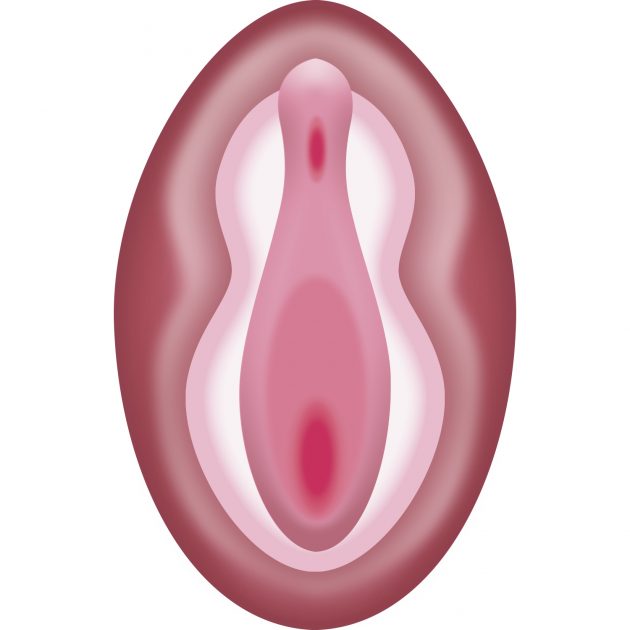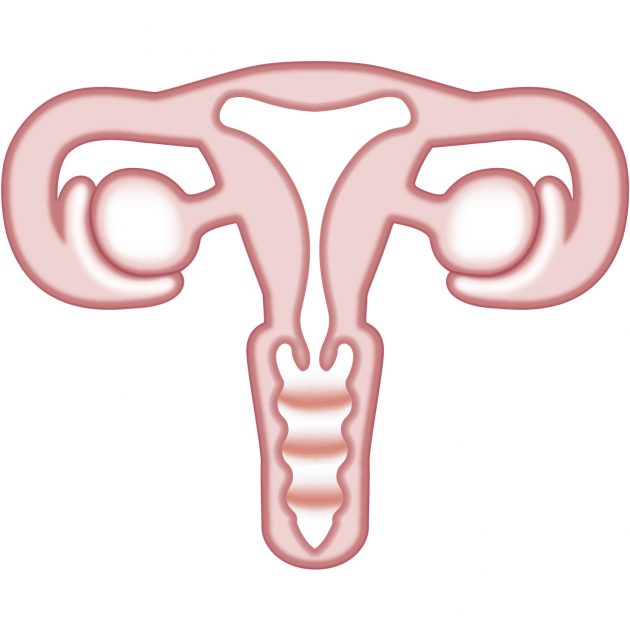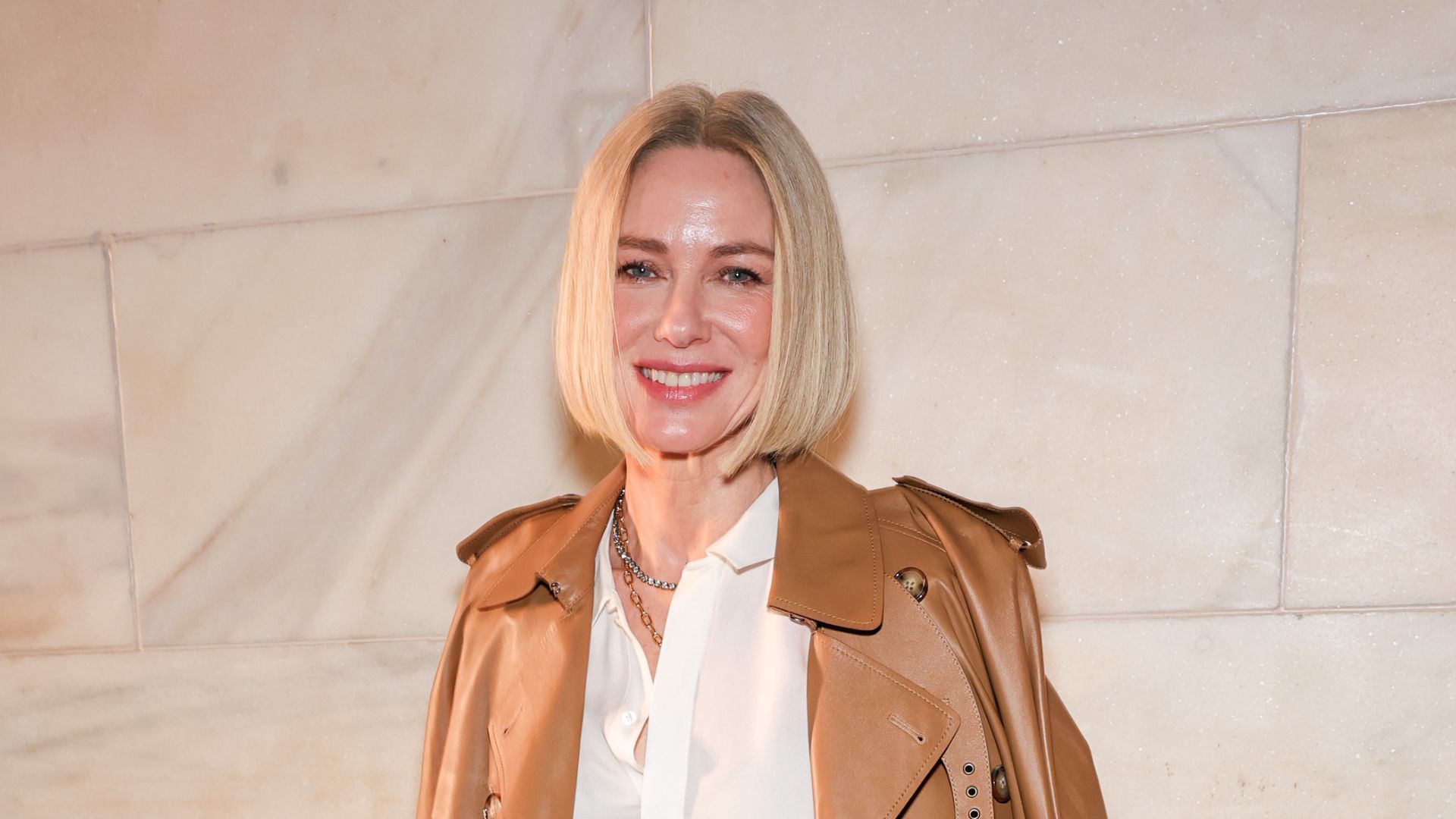How a campaign for a vagina emoji could save women's lives


Elvie, a British brand that develops smarter technology for women, has launched a campaign to have a vulva emoji created.
A new study by wellbeing company Elvie has revealed that most women are too embarrassed to talk about their intimate sexual health with friends or even their GP, which promoted the company to take action.
The study found that 82% of woman aren’t comfortable discussing masturbation with their friends, while 30% say they are too shy to speak to their GP about menstruation. Plus, three-quarters of women aren’t happy discussing cervical smears with their nearest and dearest, while 41% find incontinence too taboo a topic to bring up with their GP.
Not only does this mean that important female issues remain stigmatised, but many women are not getting the essential medical help they need, which is potentially putting their lives at risk in the process.
Tania Boler, CEO and founder of Elvie, believes that having an emoji that accurately represents the vulva and vagina would help rectify this problem. If saying the word ‘vagina’ or ‘vulva’ feels too much for some women, Boler suggest that an emoji could enable women to have online conversations instead and seek help and advise. The current emoji alternatives, such as the taco, peach, cat or tulip are too vague, can cause misunderstandings and can trivialise important topics.
That’s why Elvie has asked the Unicode Consortium (the official governing body behind pictorial language) to provide something more substantial and anatomically accurate instead. And, seeing as 92% of the world’s online population use emojis, it could be an easy way to get some potentially life-saving conversations started.
‘For centuries, women’s health has been plagued by misconceptions and stigma,’ says Tania Boler, CEO and founder of Elvie. ‘We should be able to talk openly about our bodies and womanhood. Emoji is a universal language used all over the world and it’s about time that language had a symbol for the vulva.’
Sign up for the woman&home newsletter
Sign up to our free daily email for the latest royal and entertainment news, interesting opinion, expert advice on styling and beauty trends, and no-nonsense guides to the health and wellness questions you want answered.

The application was submitted in September 2019, and while it may take a month or more for an official decision to be made by the Unicode Consortium, thankfully there has been progress in recent years when it comes to re-balancing the previously male-dominated world of symbols.

Until 2016 all emoji defaults were male, and the same year a pregnancy emoji was added, a year later the breastfeeding emoji appeared, while earlier this year the red drop which represents menstruation was finally launched. And, seeing as more women than men use emojis (78% of women versus 60% of men), it was about time!
Faye M Smith is an award-winning journalist with over 20 years experience in the magazine industry. Her continued work in the area of natural health won her the coveted title of the Health Food Manufacturers’ Association (HFMA) Journalist of the Year Award 2021. Currently Group Health Director across several magazines including woman&home, Woman, and Woman’s Own, Faye specialises in writing about women’s health, especially menopause, relationships and mental health.
-
 Everyone in New York is wearing a trending colourway that will elevate your everyday wardrobe, including Naomi Watts
Everyone in New York is wearing a trending colourway that will elevate your everyday wardrobe, including Naomi WattsSpotted head to toe in a rich, warm tan at the Ralph Lauren show, Watts shows us exactly why we should be investing in these classic hues
By Molly Smith
-
 How to watch Race Across the World from anywhere - stream the BBC reality series online
How to watch Race Across the World from anywhere - stream the BBC reality series onlineThe acclaimed reality series is back for a highly anticipated fifth outing, and there's no need to miss out on any of the action
By Lucy Wigley